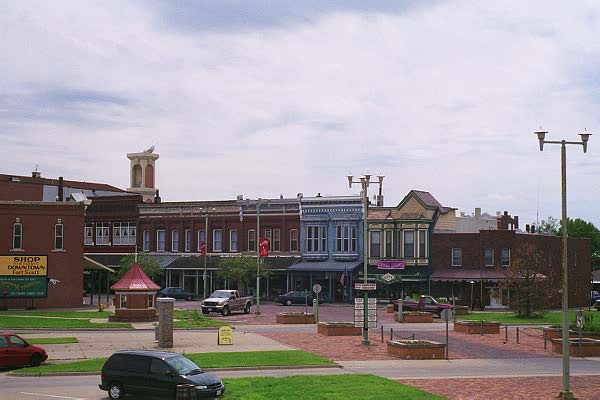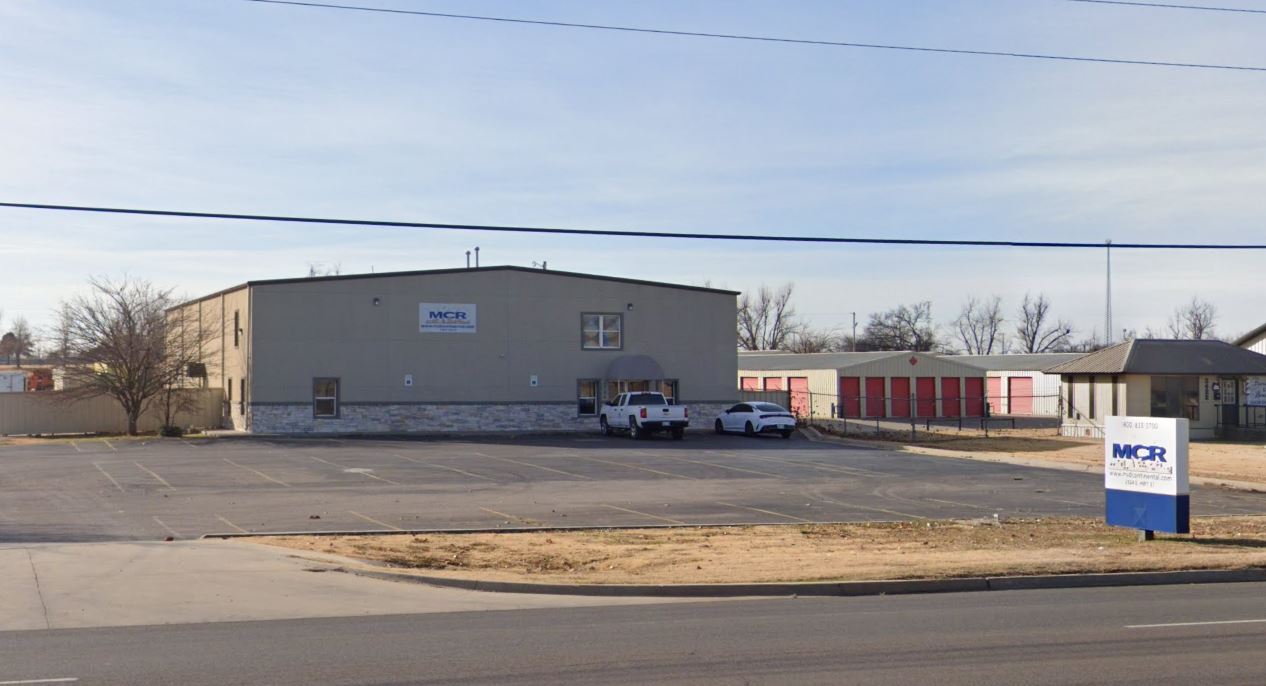Timeline
Following WWII, Frank J. Doherty, an eager businessman, founded Mid-Continental. He was a keen businessman. He also had a genuine affection for his fellowman that laid the foundation for a company in service to both its employees and its customers. His investment in a trained, stable, safety-conscious workforce birthed a tradition of exceptional performance that continually fulfills high expectations – our own and that of our customers.
Today, Mid-Continental Restoration has a stable workforce 270-strong at offices strategically located to serve clients throughout the United States. The company is financially strong and continually investing in people, equipment and technology.
Take a look at our timeline below.
- 1946 - Company founded as church painting company in Sioux Falls, S.D.
- 1952 - Fort Scott, Kansas office opened as a branch to service Kansas, Missouri, Oklahoma and Arkansas.
- 1956 - Fort Scott, Kansas established as headquarters. Sioux Falls is converted to a branch office to service South Dakota, North Dakota, Nebraska, Minnesota and Iowa. Company incorporated as Mid-Continental Waterproofing Company Inc.
- 1959 – Indianapolis, Indiana office opened to service the Indianapolis and surrounding area.
- 1970 - Jacksonville, Illinois office opened to service the St. Louis, Missouri area and the state of Illinois.
- 1974 - Dallas/Fort Worth area office opened to service the Dallas/Fort Worth, Texas and Louisiana restoration market.
- 1976 - An Employee Stock Ownership Plan (ESOP) is established.
- 1977 - Murfreesboro, Tennessee office opened to service, Tennessee, Kentucky, Alabama, Georgia, and Mississippi markets.
- 1980 - Name changed to Mid-Continental Restoration Company, Inc., (MCR).
- 1993 - Austin office opened.
- 1994 - Fort Scott headquarters relocated to a new, larger facility.
- 1994 – Established New Masonry Division.
- 1995 - Added corporate safety director.
- 1997 – Founder, Frank Doherty passes away.
- 1999 - Midco Contractors, Inc., Kansas City, Mo., a wholly-owned MCR subsidiary, opened.
- 2000 – General Contracting Division opened.
- 2001 - MCR became 100 percent owned by employees.
- 2001 - Oklahoma City office opened.
- 2002 - Fort Scott headquarters facility expanded, doubling the office and warehouse space.
- 2004 – General Contracting Division closed.
- 2007 - Mid-Co Contractors, Inc., a wholly-owned subsidiary, closed.
- 2008 – Closed Illinois branch.
- 2012 – Closed Indiana branch.
- 2012 - Focused Marketing Efforts on Kansas City and the Central US Corridor.
- 2014 – Closed Tennessee branch.
- 2014 - Opened a Sales Office and Warehouse in Tulsa, Oklahoma.
- 2017 - Opened a Sales Office and Warehouse in Kansas City, Missouri.
- 2017 - Purchased new office/warehouse facility for the Fort Worth, TX Branch.
- 2017 - Opened state-of-the-art Corporate Training Facility
- 2018 - Purchased new office/warehouse facility for the Parkston, SD Branch.
- 2019 - Purchased new office/warehouse facility for the New Masonry Division in Tuttle, OK.
- 2022 – Purchased new office/warehouse facility for the Kansas City area.


1952
Fort Scott, Kansas office opened as a branch to service Kansas, Missouri, Oklahoma and Arkansas.
Read more.
1956
Fort Scott, Kansas established as headquarters. Sioux Falls is converted to a branch office to service South Dakota, North Dakota, Nebraska, Minnesota and Iowa. Company incorporated as Mid-Continental Waterproofing Company Inc.
Read more.

1994
Established New Masonry Division & relocated Fort Scott headquarters to a new, larger facility.
Read more.






Brick Deterioration